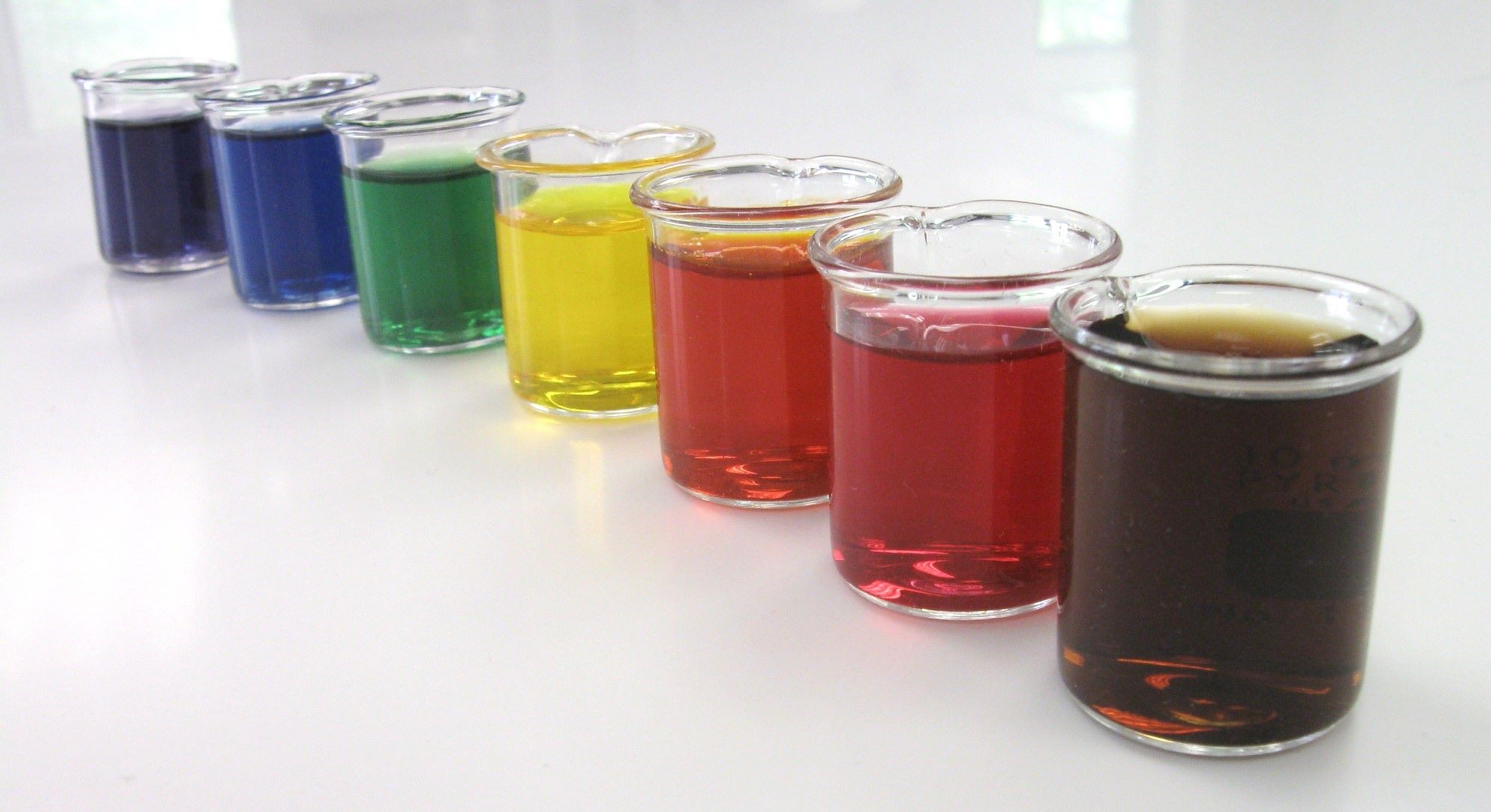
Artificial colors are everywhere, from the food we eat to the clothes we wear. But what do we really know about them? These synthetic hues, designed to make products more appealing, have a story that's as colorful as their appearance. In this blog post, we'll unveil 15 intriguing facts about artificial colors that might surprise you. From their origins in the laboratory to their impact on health and the environment, these facts will shed light on the vibrant world of synthetic dyes. Whether you're curious about what's on your plate or in your wardrobe, understanding artificial colors is essential in making informed choices. So, let's dive into the rainbow of artificial colors and discover what makes them so fascinating and, at times, controversial.
What Are Artificial Colors?
Artificial colors, often found in various food products, cosmetics, and medications, are synthetic dyes designed to enhance the appearance of items. Unlike natural colors derived from plants, minerals, or animals, these colors are created in laboratories. Their main purpose is to make products more visually appealing.
- Artificial colors are also known as food dyes or synthetic colors. They're regulated by government agencies to ensure safety for consumption.
Why Are Artificial Colors Used?
Manufacturers use artificial colors for several reasons. Primarily, they aim to improve the look of their products, making them more attractive to consumers. Brightly colored foods, for example, may appear fresher, more flavorful, or simply more fun, especially to children.
- These colors can compensate for color loss due to exposure to light, air, extremes of temperature, moisture, and storage conditions.
- They provide a uniform look to products that might otherwise have natural variations in color.
- Artificial colors can also create products with colors not found in nature, offering more variety to consumers.
Safety and Regulation
Concerns about the safety of artificial colors have led to rigorous testing and regulations. In many countries, food dyes must be approved by health authorities before they can be used in products.
- In the United States, the Food and Drug Administration (FDA) is responsible for regulating all food additives, including artificial colors.
- Some artificial colors have been linked to health issues in certain studies, leading to their ban or restriction in some countries.
Common Types of Artificial Colors
There are numerous artificial colors approved for use, each with its own specific hue and application.
- Red 40, Blue 1, and Yellow 5 are among the most commonly used artificial colors in the food industry.
- Some colors are designated for specific uses only, such as in cosmetics or medications, due to their chemical properties.
Impact on Consumer Behavior
The use of artificial colors significantly impacts consumer behavior. Visual appeal is a key factor in product selection, and vibrant colors can influence purchasing decisions.
- Studies have shown that color can affect taste perceptions. Foods with more intense colors may be perceived as tastier.
- Marketing strategies often leverage bright and appealing colors to attract specific demographics, such as children.
Environmental Considerations
The production and use of artificial colors have environmental implications. The manufacturing process involves chemicals and can result in pollution if not managed properly.
- Waste from dye production can contaminate water sources if not treated adequately.
- Efforts are underway in some sectors to reduce the environmental impact of dye manufacturing, including the development of more sustainable synthetic dyes.
Alternatives to Artificial Colors
With growing health and environmental concerns, there's increasing interest in natural alternatives to artificial colors.
-
Natural colors derived from fruits, vegetables, and other plants are gaining popularity as safer, more sustainable options.
-
However, natural colors often have limitations in terms of stability and intensity compared to their synthetic counterparts.
-
Innovations in food technology are improving the performance of natural dyes, making them more viable alternatives for a wider range of applications.
A Colorful Recap
We've journeyed through a rainbow of truths about artificial colors. From their origins in the lab to their omnipresence in our daily grub, these vibrant additives are more than meets the eye. They jazz up our meals, yet stir debates about health and wellness. Understanding their impact is key, whether it's the potential for allergic reactions or the environmental toll of their production. Armed with knowledge, consumers can make informed choices, opting for natural alternatives or embracing these synthetic hues with a clearer conscience. Remember, every color in our pantry tells a story, blending science, safety, and a splash of controversy. So, next time you're dazzled by a brightly colored treat, you'll know exactly what's behind that electric blue or radiant red.
Was this page helpful?
Our commitment to delivering trustworthy and engaging content is at the heart of what we do. Each fact on our site is contributed by real users like you, bringing a wealth of diverse insights and information. To ensure the highest standards of accuracy and reliability, our dedicated editors meticulously review each submission. This process guarantees that the facts we share are not only fascinating but also credible. Trust in our commitment to quality and authenticity as you explore and learn with us.


